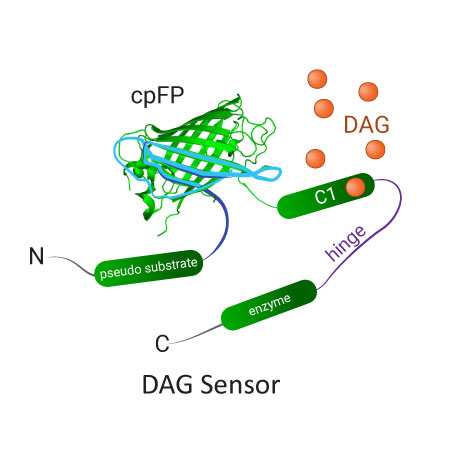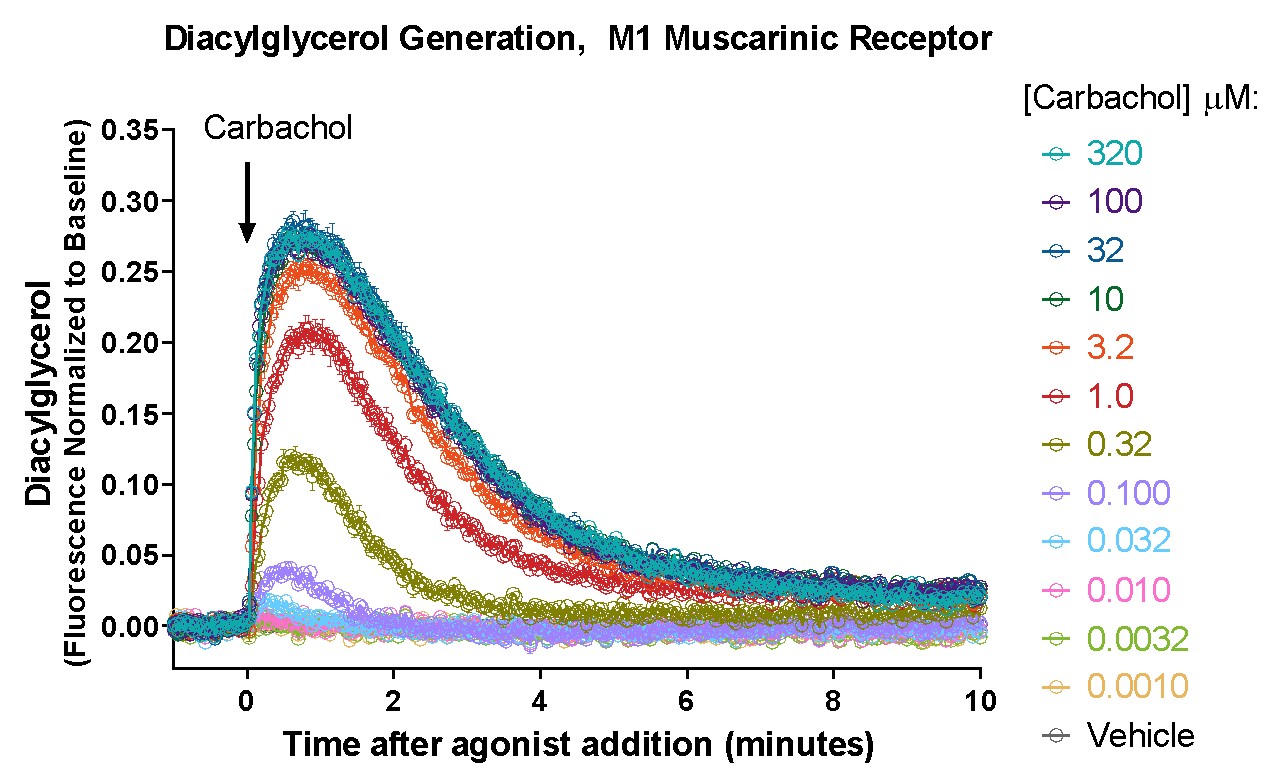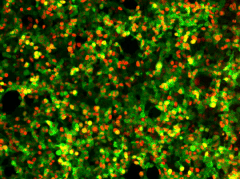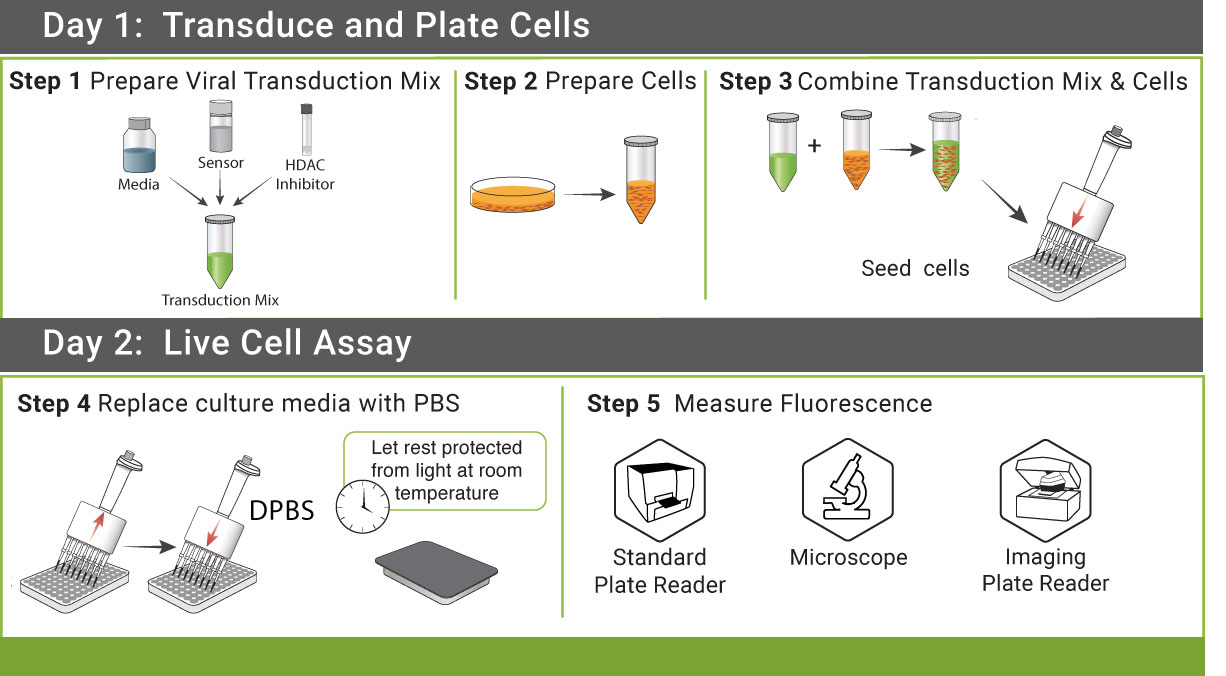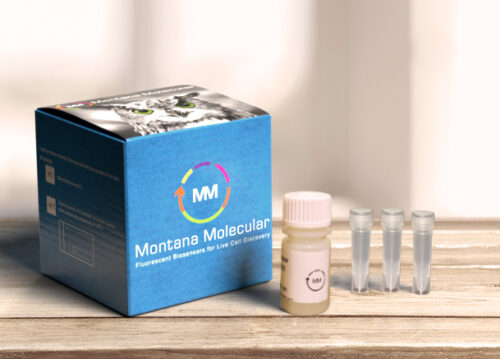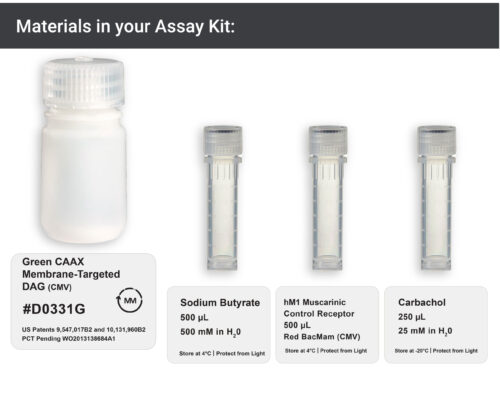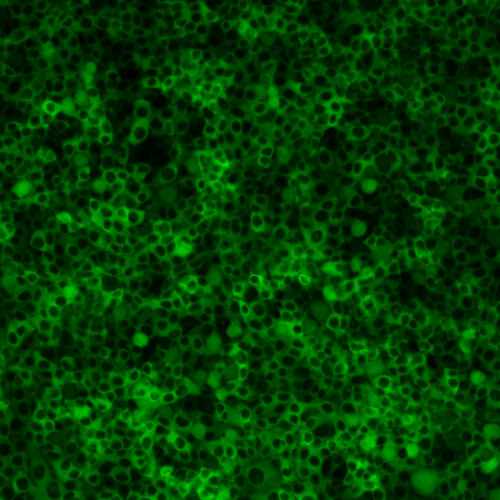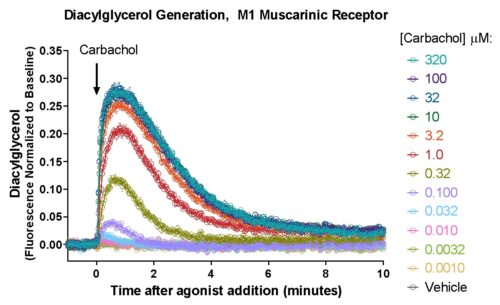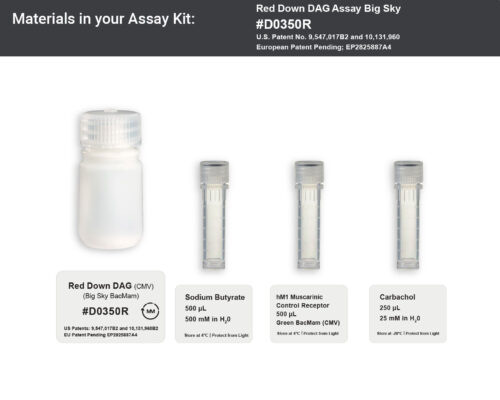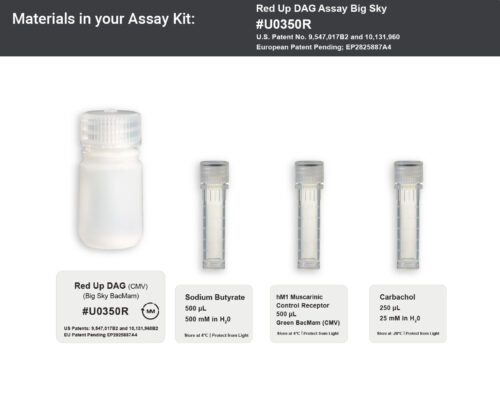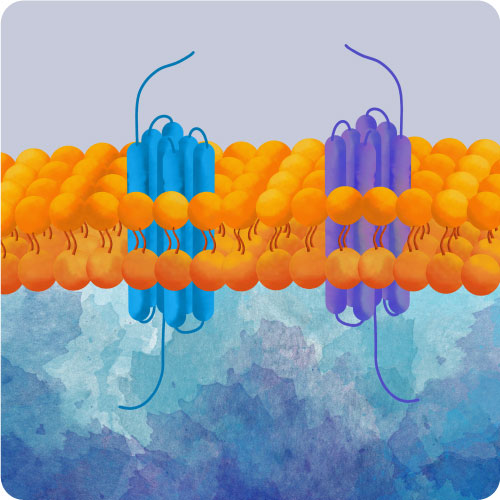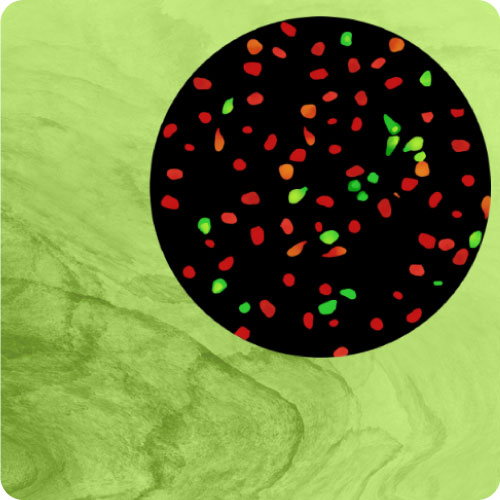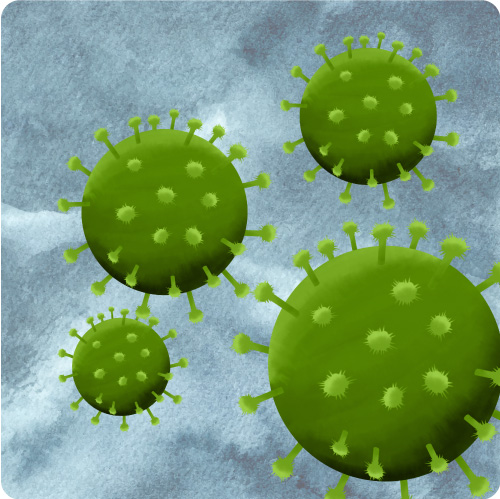DAG: Live Cell Diacylglycerol Assay
Bright Fluorescent Biosensors for Diacylglycerol
- Genetically-encoded for low toxicity
- Plate reader or imaging system compatible
- Choose either red or green fluorescence
DAG Assay Performance
Off the shelf kits include the DAG sensor in BacMam – a BSL-1 viral vector for efficient delivery to most cell types. Purified BacMam, AAV, Lenti vectors are available by request.
-
- Easily detectable response on plate readers or imaging systems
- Consistent well-to-well expression
- High signal-to-noise ratio
Multiplex Assays
- Single channel, non-FRET signal
- Red or green fluorescent DAG sensor versions are available
- Combine red and green sensors to measure multiple GPCR pathways simultaneously
Red DAG sensor multiplexed with a green cAMP sensor indicates dose-dependent signaling via a calcitonin receptor.
A Robust & Versatile DAG Assay Kit
Which Sensor is Right for You: Up or Down?
Testimonials
“We have been delighted to work with MontanaMolecular ever since we noticed a publication 5 years ago concerning DAG sensors that MM had created and that we employed subsequently to examine DAG signaling in cardiac cells. We were impressed first by the friendly and scientific way in which MM scientists interacted with us. Then, we were impressed how MM scientists helped us generously to reach our goals to monitor DAG changes and to consider new approaches to develop and exploit sensing molecules. Recently, MM has helped us design and build BaculoViruses to express and manipulate important proteins in a variety of cells that interest us. Again, we have been delighted by the competence of MM scientists, the reliability of the products we received, and the pleasure that MM scientists show in accomplishing great science in collaboration. It our genuine pleasure to recommend MM to all our colleagues with similar scientific interests and needs.”
“Assay is working beautifully with cardiomyocytes, showing a strong and immediate response.”
“Expression in human islets is pretty superb, after 18 hours of incubation. An excellent probe!”
Recent Publications
- E. Lukovic, et al. Design and Evaluation of Novel Ginger 6-Shogaol-Inspired Phospholipase C Inhibitors to Enhance β-Agonist-Induced Relaxation in Human Airway Smooth Muscle. Journal of Medicinal Chemistry. June 2025.
- E. Billard, et al. Pharmacological characterization of cannabidiol as a negative allosteric modulator of the 5-HT2A receptor. Cellular Signaling. January 2025.
- X. Chen, et al. Roles for PKC signaling in chromaffin cell exocytosis. Biophysical Journal. December 2024.
- A. Hamilton, et al. Nicotinic signaling stimulates glucagon secretion in mouse and human pancreatic α-cells. Diabetes. October 2024.
- X. Chen, et al. A PACAP-activated network for secretion requires coordination of Ca2+ influx and Ca2+ mobilization. Molecular Biology of the Cell. May 2024. (bioRxiv)
- Z. Miller, et al. Lidocaine induces apoptosis in head and neck squamous cell carcinoma through activation of bitter taste receptor T2R14. Cell Reports. November 2023. (bioRxiv)
- N. Zaïmia, et al. GLP-1 and GIP receptors signal through distinct β-arrestin 2-dependent pathways to regulate pancreatic β cell function. Cell Reports. October 2023.
- G. Sanchez, et al. Coincident Regulation of PLCβ Signaling by Gq-Coupled and μ-Opioid Receptors Opposes Opioid-Mediated Antinociception. Molecular Pharmacology. December 2022.
- M. Doepner, et al. Endogenous DOPA inhibits melanoma through suppression of CHRM1 signaling. Science Advances. September 2022.
- A. Kim, et al. Arginine-vasopressin mediates counter-regulatory glucagon release and is diminished in type 1 diabetes. eLife. November 2021. (bioRxiv)
- S. Hoare, T. Hughes. Biosensor Assays for Measuring the Kinetics of G-Protein and Arrestin-Mediated Signaling in Live Cells. The Assay Guidance Manual. September 2021.
- E. Maguire, et al. The Alzheimer's disease protective P522R variant of PLCG2, consistently enhances stimulus-dependent PLCγ2 activation, depleting substrate and altering cell function. bioRxiv. April 2020.
- L. Liu, et al. Diacylglycerol kinases regulate TRPV1 channel activity. Journal of Biological Chemistry. April 2020.
- S. Hoare, et al. A kinetic method for measuring agonist efficacy and ligand bias using high resolution biosensors and a kinetic data analysis framework. Nature Scientific Reports Feb 2020.
- C. Peters, et al. Simultaneous detection of GPCR second messengers in living cells. BMG LabTech Dec. 2016.
GPCR Biology
Increase your understanding of drug effects and GPCR biology with bright fluorescent assays for Gs, Gi, and Gq signaling in living cells.

